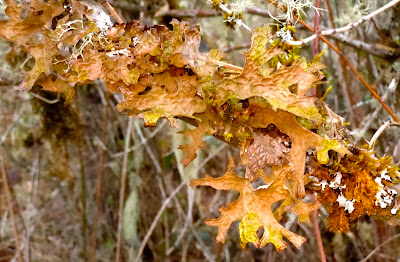Excitement abounds on the Midway Atoll where on old bird has decided that 60 is the new 40, and that there is no reason why being a sexagenarian should be a bar to an albatross of the Laysan persuasion laying an egg and raising a chick (1). She goes by the name Wisdom. That precludes anyone challenging her decision to have embarked on this enterprise. Maybe raising chicks is a pleasant change from drifting along on the winds of the Pacific, day after day after day.
Elephants have also been in the news this past week. The guys at the San Diego Zoo have shown that when they, the elephants not the Zooies, wish to converse with each other about say, “I’m off to deliver at last, after two years of looking fat”, they don’t trumpet this all over Africa, but growl the news to their friends and relatives at low frequencies that we predators can’t hear (2). The herd can then keep watch while she goes off to the labor ward in the bushes. Dr. Anderson and his team at SDZ are working hard to learn the language of growls and grunts so they can keep up to date on the daily gossip.
Now we know that elephants chat a lot in undertones that we and many other predators can’t hear, (remember predators like high pitched squeals that often indicate the start of a good meal), the work of Dr. Plotnik and his team at U of Cambridge with Asian elephants (3,4) should come as no surprise. They were shown to work cooperatively for goodies and were bright enough to reject situations that were tempting but hopeless. Dr. Plotnik would need to consult Dr. Anderson to translate what they where calling him under their breath.
Lastly, I would like to draw attention to an old set of slides (5), well 18 months is a long time in the age of instant gratification. A mother elephant took her baby to the river to drink and a crocodile latched onto her trunk. The last slide shows the baby lying flat on the croc worthy of a Super Bowl player. Great block!
- http://news.bbc.co.uk/earth/hi/earth_news/newsid_9419000/9419812.stm
- http://news.bbc.co.uk/2/hi/science/nature/8527009.stm
- http://news.bbc.co.uk/earth/hi/earth_news/newsid_9417000/9417308.stm
- http://www.pnas.org/content/early/2011/03/02/1101765108
- http://www.bbc.co.uk/news/world-africa-11795932








